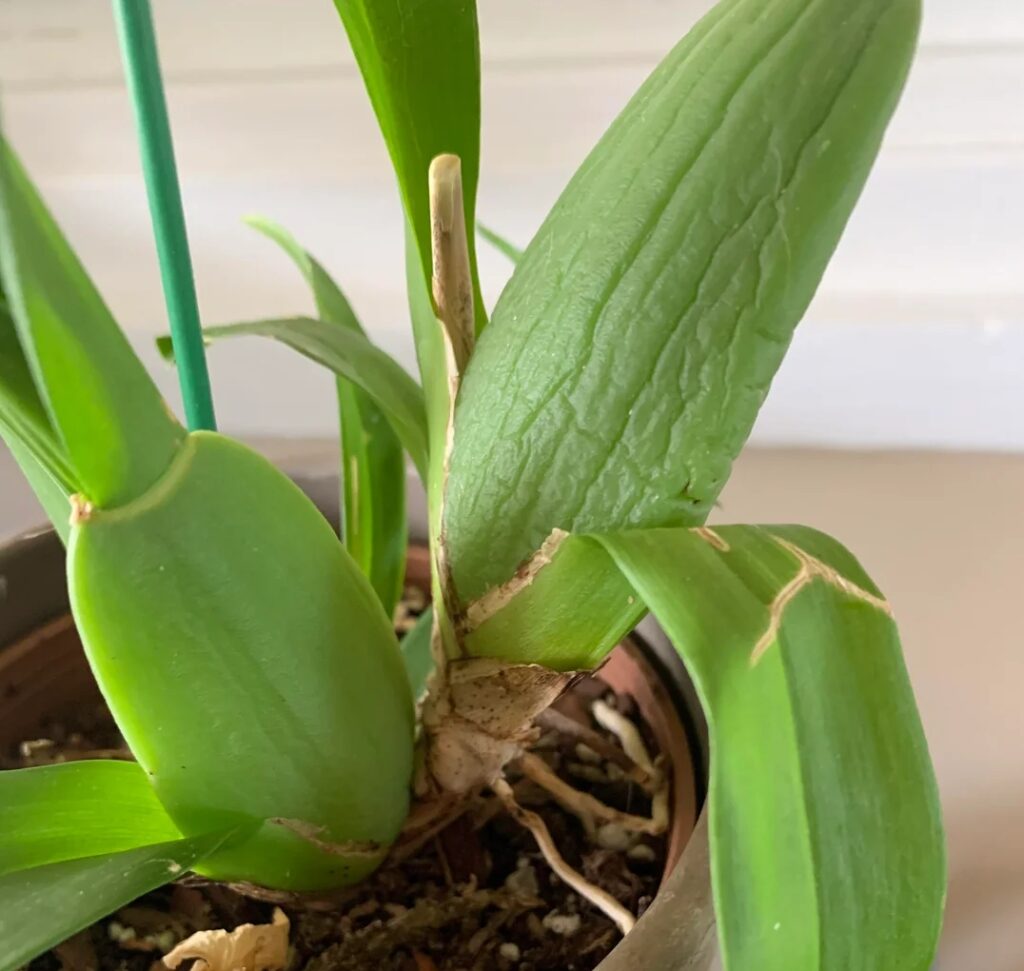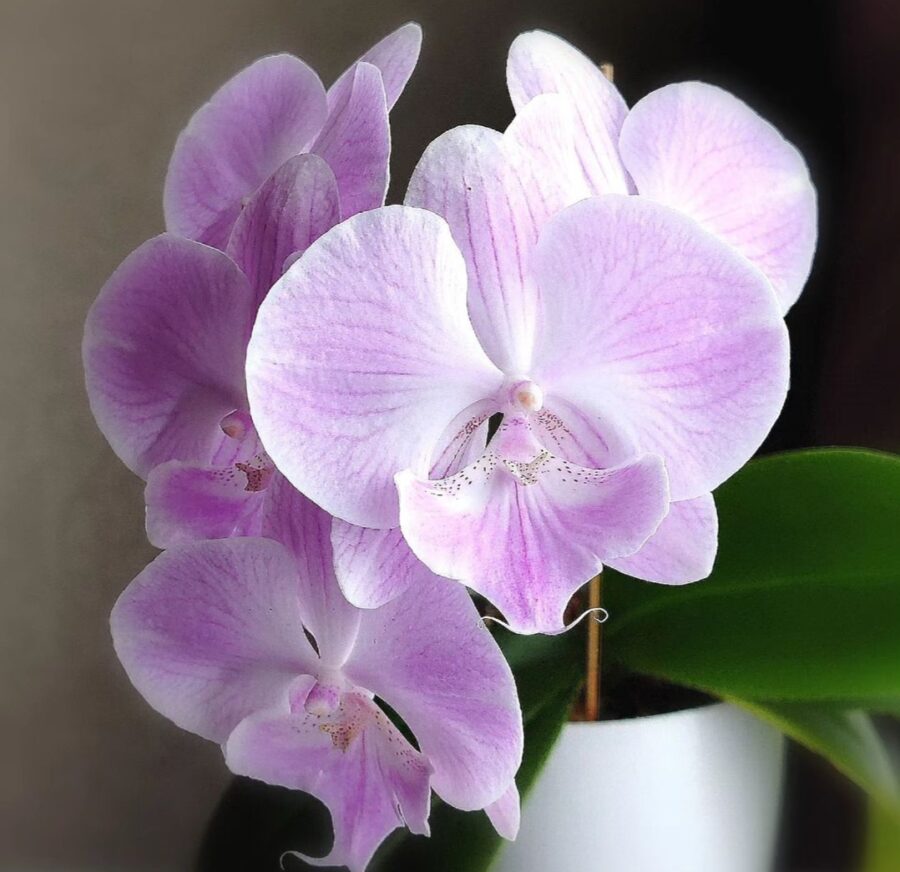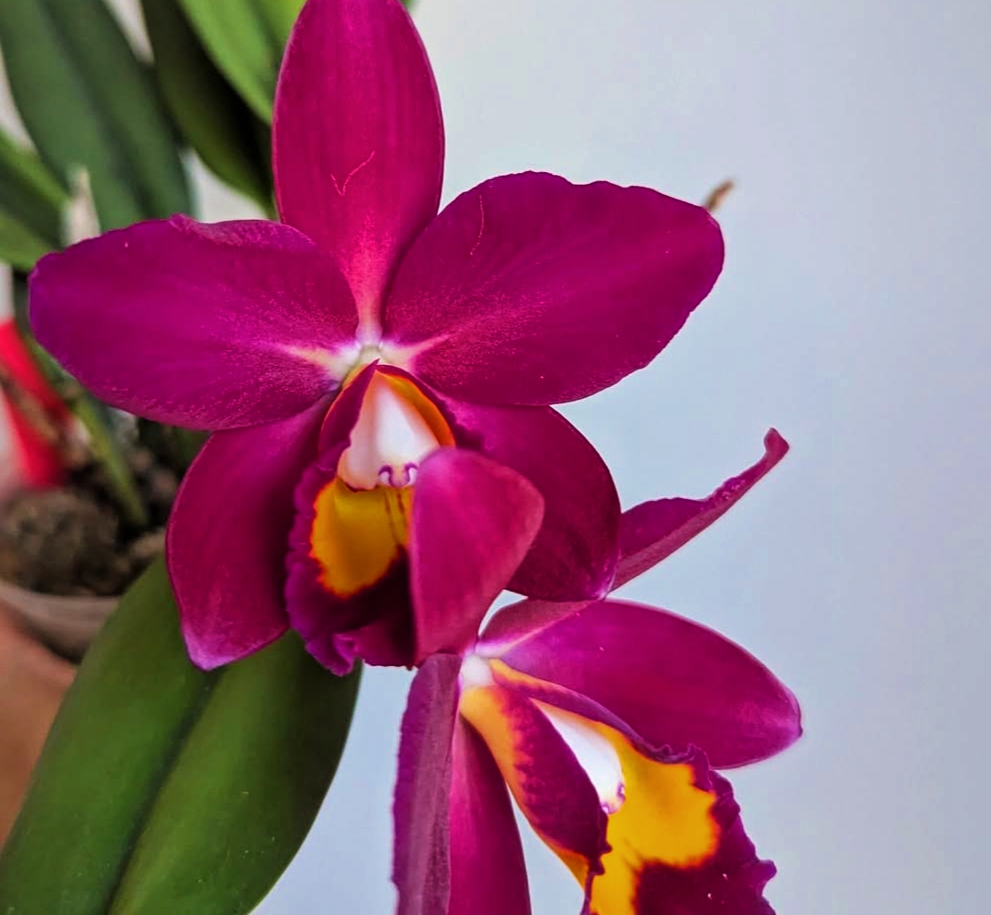- 1 When Should You Repot an Orchid
- 2 Best Time to Repot Orchids
- 3 When Should You Divide an Orchid
- 4 Signs That an Orchid Is Ready for Division
- 5 Which Orchid Varieties Can Be Divided
- 6 An Easy Guide to Dividing and Repotting Orchids
- 7 Divide the Orchid (If Applicable)
- 8 Common Mistakes to Avoid
- 9 FAQs
Orchids are among the most captivating and rewarding plants to grow, but they do require some maintenance. One of the most crucial aspects of orchid care is repotting and dividing orchids to encourage new growth and maintain plant health. Understanding when and how to repotting and dividing orchids ensures they stay healthy and continue to produce stunning blooms for years to come.
In this guide, we’ll explore the right time to repotting and dividing orchids, which orchids can be divided, and step-by-step instructions to make the process smooth and stress-free.

When Should You Repot an Orchid
Repotting and dividing orchids is essential to maintain healthy roots and provide fresh growing media. Over time, orchid potting mix breaks down, leading to poor drainage and restricted airflow.This can harm your plant’s health by causing root rot.health. Knowing when to repotting and dividing orchids will help prevent these issues and promote strong growth.
Indications That Your Orchid Needs to Be Repotted
If you notice any of these signs, it’s time to repotting and dividing orchids:
The potting medium has broken down and looks mushy or decomposed, leading to poor drainage.
Roots are overgrown, spilling out of the pot, or growing in tight circles inside the container.
You notice signs of root rot, such as brown, mushy roots or a foul smell coming from the pot.
The orchid is top-heavy, leaning, or unstable in its container.
Pests or fungal growth appear in the growing media.
Best Time to Repot Orchids
The ideal time to repotting and dividing orchids is right after they finish flowering when new root growth begins. This allows them to recover quickly and establish themselves in fresh media. Avoid repotting and dividing orchids while the plant is in full bloom, as it can cause stress and lead to premature flower loss.
When Should You Divide an Orchid
Not all orchids need to be divided, but for those that grow in clumps or have multiple pseudobulbs, division can be an excellent way to propagate new plants. Repotting and dividing orchids not only rejuvenates older plants but also creates new ones that can be shared with fellow orchid enthusiasts or expanded into your own collection.
Signs That an Orchid Is Ready for Division
Dividing orchids at the right time ensures a successful transition. Look for these signs:
The orchid has multiple growths or a large clump of pseudobulbs, indicating maturity.
The plant has outgrown its pot, and new shoots are appearing outside the container.
There are at least 3-4 healthy pseudobulbs on each potential division, ensuring the new plants will thrive.
Dividing orchids too soon or without enough pseudobulbs can weaken them, so always ensure they are strong enough to sustain separation.
Which Orchid Varieties Can Be Divided
Sympodial orchids are orchids that are capable of division.
Sympodial orchids grow horizontally along a rhizome, producing multiple growths that can be separated into new plants. These varieties are best suited for repotting and dividing orchids:
Cattleya – Known for their large, fragrant flowers and pseudobulb growth habit.
Dendrobium (some species) – Some dendrobiums form dense clumps that can be divided.
Oncidium – Produces multiple pseudobulbs, making it easy to propagate through division.
Miltonia – Delicate yet rewarding orchids that benefit from periodic division.
Cymbidium – Large-growing orchids that require division when overcrowded.
Paphiopedilum (multifloral types) – Certain species with multiple growths can be divided to create new plants.
Orchids That Cannot Be Divided (Monopodial Orchids)
Monopodial orchids grow from a single stem and do not produce separate growths that can be divided. However, they can still be propagated in other ways:
Phalaenopsis – Can be propagated from keikis (baby plants that develop on flower spikes or stems).
Vanda – Can be propagated from top cuttings if they have aerial roots.
Understanding whether your orchid is sympodial or monopodial will help determine the best repotting and dividing orchids method.
An Easy Guide to Dividing and Repotting Orchids
Gather Your Supplies
Before starting, prepare everything you need:
A fresh pot that has the right drainage holes and is 1-2 inches bigger than the old one
Fresh orchid potting mix (bark, sphagnum moss, or a mix depending on your orchid type)
Both a sharp knife and sterilised pruning shears
Hydrogen peroxide (to disinfect cuts and prevent infections)
A small stake and ties (for support, if needed)
Take the orchid out of its container.
Squeeze the pot’s sides gently to dislodge the roots. If the orchid gets stuck, carefully remove it from the pot after soaking it in water for a few minutes.Handle the roots with care to prevent unnecessary damage.
Inspect and Trim the Roots
Carefully remove all old potting medium and examine the roots. Trim away any dead, mushy, or rotting roots using sterilized scissors. Healthy roots should be firm and green or white.
Divide the Orchid (If Applicable)
For repotting and dividing orchids:
Locate the rhizome connecting the pseudobulbs.
Use a sterilized knife or pruning shears to cut, ensuring each section has at least 3-4 healthy pseudobulbs.
Dust cut areas with cinnamon or fungicide to prevent infection and promote healing.
Get the media and new pot ready
Add fresh orchid mix to the bottom of the newly purchased pot. Position the orchid so its base sits slightly above the media, allowing good airflow around the roots. Avoid burying the base too deeply.
Repot and Secure the Orchid
Gently add the potting mix around the roots, ensuring they are covered but not compacted too tightly. If needed, use a stake to provide support for top-heavy orchids.
Water and Provide Post-Repotting Care
Wait 3-5 days before watering to allow any cut roots to heal and reduce the risk of rot. Place the orchid in a shaded, humid environment for a few weeks to help it adjust.
Common Mistakes to Avoid
Repotting at the Wrong Time – Avoid repotting and dividing orchids while the orchid is flowering to prevent stress.
Using the Wrong Potting Medium – Different orchids require different media; use bark for epiphytic orchids and sphagnum moss for moisture-loving types.
Overwatering After Repotting – Newly repotting and dividing orchids need time to adjust before resuming regular watering.
Not Sterilizing Tools – Cutting roots or dividing plants with dirty tools can introduce infections and fungi.
Repotting and dividing orchids may seem intimidating at first, but with practice and the right techniques, it becomes a rewarding process. Keeping an eye on your orchid’s growth habits and repotting and dividing orchids when necessary ensures healthy roots, vibrant blooms, and long-lasting beauty.
FAQs
When should I repot my orchid?
You should repot your orchid every 1-2 years or when you notice overcrowded roots, breaking down of potting media, or slow growth.
What is the best potting mix for orchids?
A mix of bark, sphagnum moss, and perlite is ideal, depending on the orchid type. Avoid regular soil, as it retains too much moisture.
How do I know if my orchid needs division?
If your orchid has multiple growth points and outgrows its pot, division may be necessary to promote healthier growth.
What is the best method to divide an orchid?
Use a sterilized knife or scissors to separate healthy growth sections with at least three pseudobulbs or roots attached.
Should I water my orchid immediately after repotting?
Wait 1-2 days before watering to allow any root cuts to heal and prevent rot
What is the best pot for repotting orchids?
Clear plastic pots with drainage holes are best, as they help monitor root health and prevent overwatering.
Can I repot an orchid while it’s blooming?
It’s best to wait until after blooming, as repotting can cause stress and may lead to bud drop.
How do I prevent transplant shock in orchids?
Use fresh potting media, keep humidity levels high, and avoid direct sunlight for a few days after repotting.




